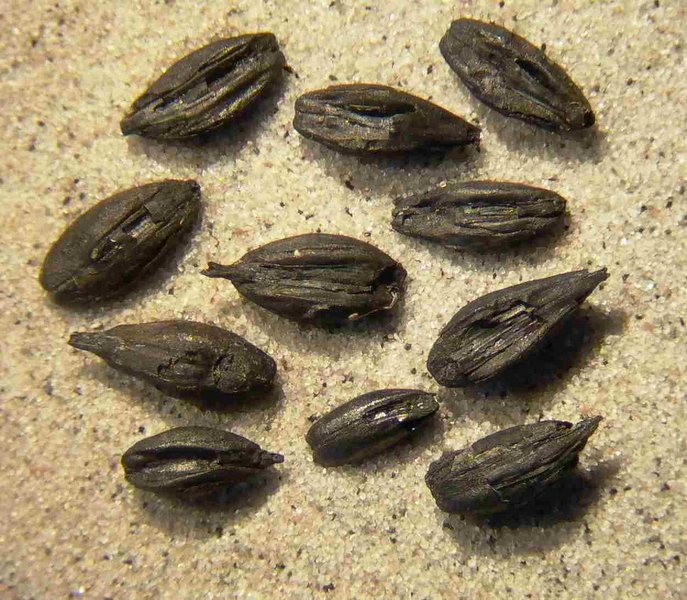Plant genetics teaches us about spelt and old beer
A wheat mutant found by a stroke of luck and grain preserved since ancient times helps us learn about the past and provides opportunities to create new knowledge for the future.

Using molecular techniques in genetics and biotechnology, we can search for plant genetic resources. It can give us an insight into the properties of plants, and help to create a basis for further development of our crops. It can also help to map the plants' journey through agricultural history.
New wheat mutant can teach us more about spelt
There is a difference between wheat and spelt both in terms of appearance and baking properties.
“A lot of people have a notion that spelt is a form of "wheat". In the past, there was a theory that spelt is the ancestor of wheat because it has some features in common with wheat’s wild ancestors. It has long been shown that these traits are linked to a particular variant of the gene Q called the q variant. Today, there is both archaeological finds and DNA evidence that the q variant has been reintroduced into wheat at a cross with one of the wild ancestors. This means that ordinary wheat is the oldest and the difference lies in a single gene,” Claus Krogh Madsen says.
By chance, the researchers discovered a mutation in the gene G in a wheat variety, and this gives rise to much new research in wheat and spelt. Among other things, this could create grounds for a study into whether spelt is healthier than wheat, as many believe.
New method may find Denmark’s oldest beer
When was beer brewed for the first time in Denmark? Using electron microscopy, researchers can now look for changes in cell structure as a result of malting in grains dating back to the Stone Age.
"In other words, we now have a method that can give us even more knowledge about the agriculture of the past, especially if they have made malt, and how early they made it," explains Kim Hebelstrup, who has contributed to the project with his expertise in starch and plants. As an associate professor in crop genetics and biotechnology, he has a great knowledge of what goes on at the cellular level in the grain.
Together with archaeologists from the National Museum, he is now in the process of examining a large number of the oldest grain finds from Denmark to prove malt production in ancient times.
